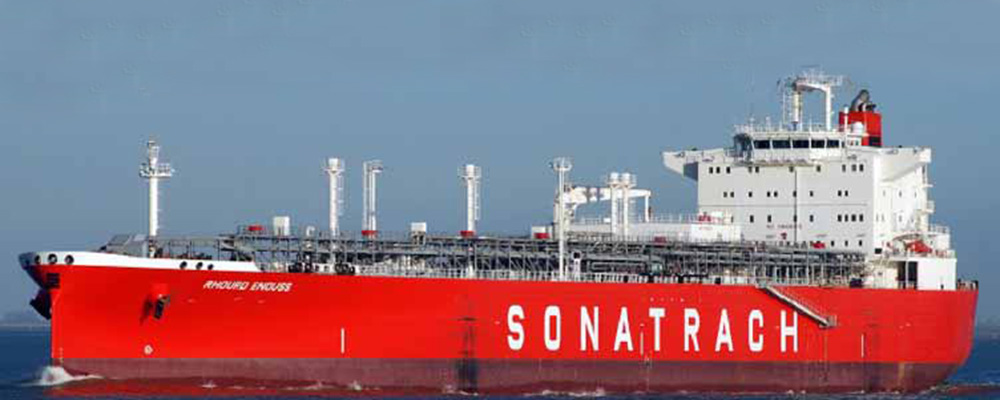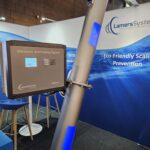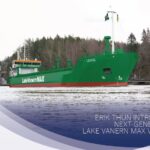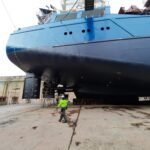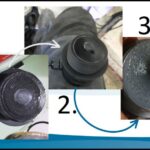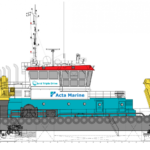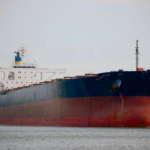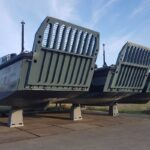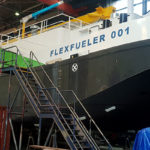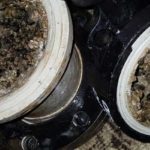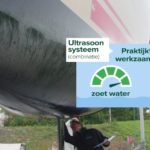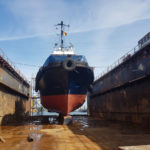Norbulk Shipping has chosen the Ultrasonic Fouling Prevention system to protect the raw seawater pipework on three LPG tankers. The Ultrasonic Fouling Prevention system is expected to reduce CAPEX and lifetime maintenance costs by up to 95% and leaves zero poisonous environmental legacy. Ultrasonic Fouling Prevention systems have been installed onboard Norbulk Shipping’s Hassi Messaoud 2, Alrar, and Rhourd Enouss (pictured below). The three vessels are 44,000 DWT double-bottomed LPG tankers that were built between 2004 and 2005 by Kawasaki Heavy Industries in Japan.
The Ultrasonic Fouling Prevention installations protect raw seawater (RSW) circulation pipework against marine bio-fouling, which would otherwise lead to blockages and possible damage due to overheating. The Ultrasonic Fouling Prevention System uses ultrasonic pulses to prevent marine organisms from colonizing solid surfaces exposed to raw seawater. Ultrasonic Fouling Prevention was developed in response to the commercial marine market’s demand for a cleaner, more cost-effective way to protect multiple areas and devices against marine bio-fouling. Unlike impressed-current systems, which rely on the electrolytic release of poisonous metallic ions to make the water uninhabitable, the system does not require any drilling or specialist current isolation when installed.
There are also no expensive sacrificial anodes to replace, so the resulting poisonous metallic compounds are not released back into the seawater. “Owners and operators can expect a reduction in CAPEX and lifetime maintenance costs of up to 95% when compared to impressed current systems,” said Darren Rowlands, Commercial Director of NRG Marine. The tankers’ existing pipework anti-fouling systems had high running costs and complicated installation and maintenance requirements, making Ultrasonic Fouling Prevention a very attractive option. Sergejs Bondarevs, Technical Superintendent for Norbulk Shipping UK Ltd., said, “We have already increased the back-flushing intervals on our central coolers, and we are looking forward to rolling out similar savings across the fleet.” With eight independent and programmable outputs, the Ultrasonic Fouling Prevention System can protect every part of a vessel or structure and, unlike biocidal coatings and impressed-current systems, Ultrasonic Fouling Prevention is low cost and low maintenance with zero poisonous environmental legacy.
With one panel and eight transducers, it can protect all critical equipment inside and outside the hull while reducing the operator’s burden for fulfilling a vessel’s Green Passport Inventory for hazardous materials.


